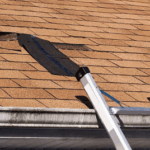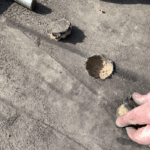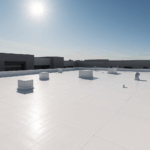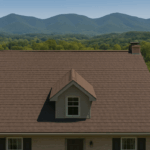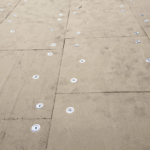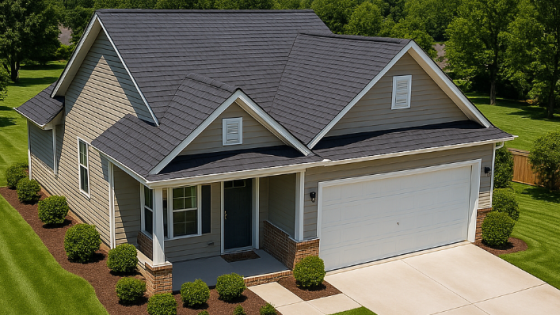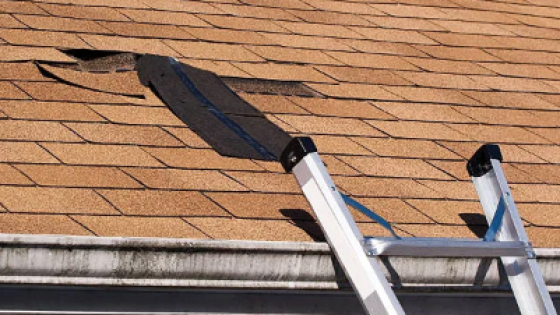Sun tunnels, also known as light tubes or tubular skylights, are an innovative solution to bringing natural light into areas of your home that lack direct sunlight.
They capture daylight and channel it through a reflective tube into interior spaces, providing a natural and energy-efficient lighting option.
In this post, we’ll explore which rooms are most beneficial for installing sun tunnels and how they can enhance your home’s lighting, aesthetics, and energy efficiency.
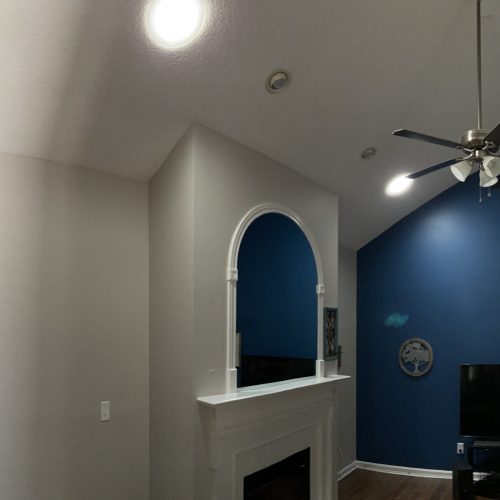
Benefits of Sun Tunnels
Before diving into specific rooms, let’s understand the general benefits of sun tunnels:
1.Natural Lighting: Sun tunnels provide bright, natural light, reducing the need for artificial lighting during the day.
2.Energy Efficiency: By reducing reliance on electric lights, sun tunnels help lower energy bills and carbon footprints.
3.Improved Mood and Health: Exposure to natural light is linked to better mood, increased productivity, and overall well-being.
4.Easy Installation: Sun tunnels are generally easier and less expensive to install compared to traditional skylights.
Ideal Rooms for Sun Tunnels
Hallways
Hallways are often dark and can feel cramped due to the lack of windows. Installing sun tunnels in hallways can brighten these spaces, making them more inviting and easier to navigate. Natural light can also create the illusion of more space, which is particularly beneficial in narrow or long hallways.
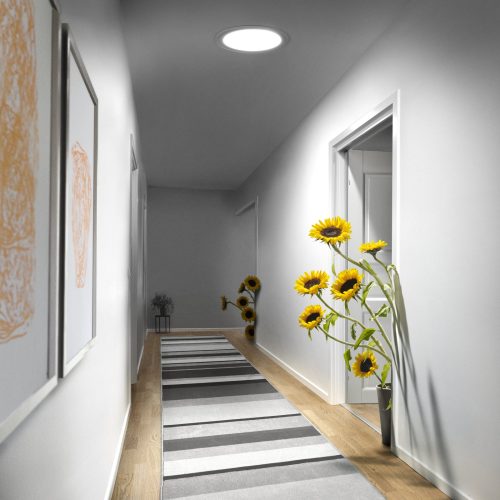
Home Offices
Home offices can significantly benefit from the installation of sun tunnels. Natural light has been shown to improve concentration and productivity, making it ideal for work environments. A sun tunnel can help create a brighter, more energizing workspace, reducing the need for artificial lighting and contributing to a healthier work environment.
Bathrooms
Bathrooms benefit greatly from sun tunnels, especially those without windows. Natural light in the bathroom not only enhances the aesthetic appeal but also helps in tasks such as applying makeup or shaving. Moreover, sun tunnels provide ample light without compromising privacy, a common concern with traditional windows.
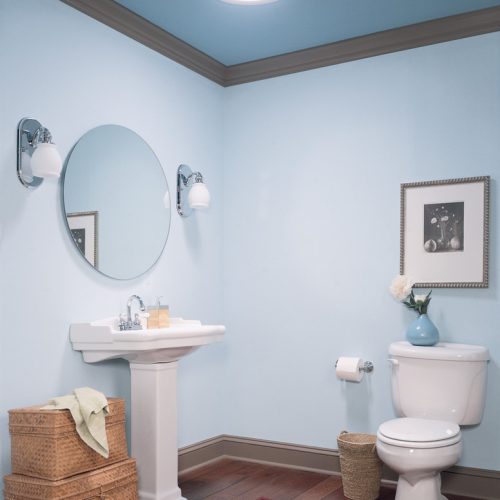
Laundry Rooms
Laundry rooms are typically located in areas with limited natural light, such as basements or interior sections of the house. Sun tunnels can brighten these often-overlooked spaces, making them more pleasant to work in and enhancing visibility for tasks like sorting and folding laundry.
Closets and Dressing Rooms
Closets and dressing rooms often lack adequate lighting, making it difficult to see clothing and accessories clearly. A sun tunnel can provide natural light, improving visibility and making these spaces more functional. Additionally, natural light can help in distinguishing colors more accurately, which is beneficial when selecting outfits.
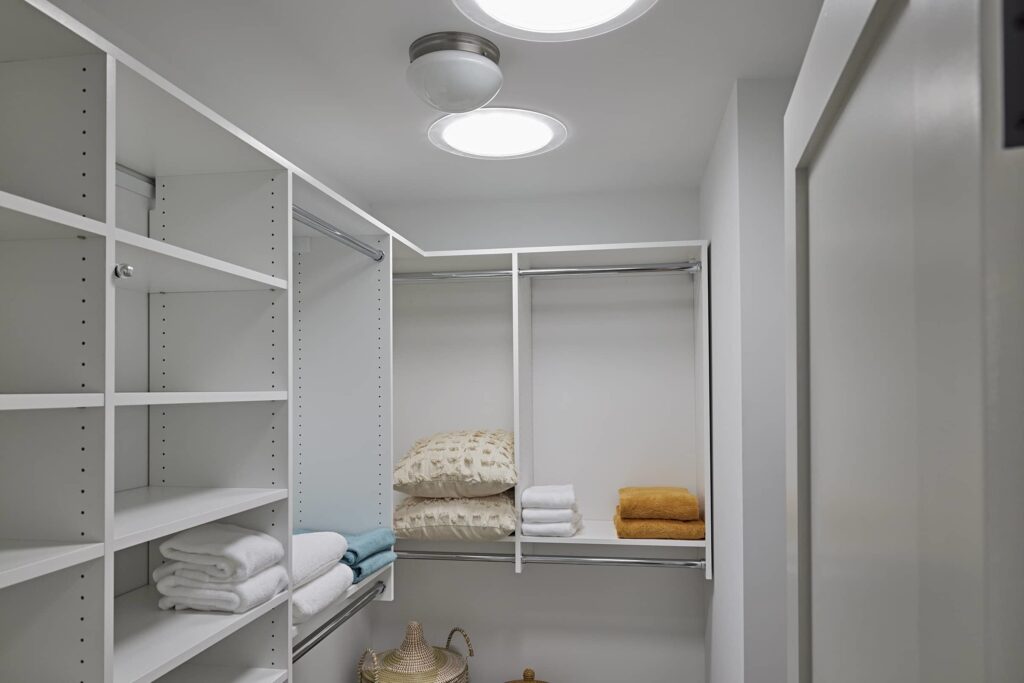
Stairwells
Stairwells are another area that can be improved with sun tunnels. These areas often lack natural light, making them dark and potentially hazardous. Adding a sun tunnel can enhance visibility, improving safety and making the space feel more open and inviting.
Kitchens
Kitchens are the heart of the home, and having sufficient lighting is crucial for cooking and other tasks. Sun tunnels can complement existing lighting fixtures by adding a source of natural light, making the kitchen brighter and more pleasant to work in. This can be particularly useful in areas where wall space is limited for windows.
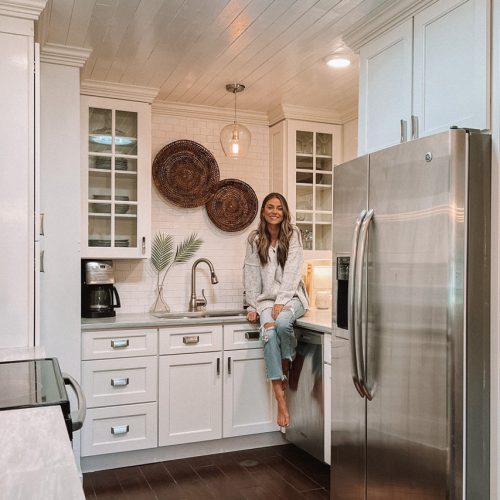
Considerations for Installing Sun Tunnels
When planning to install sun tunnels, consider the following factors:
Location
The placement of sun tunnels is crucial for maximizing light distribution. Identify the darkest areas in your home and consider installing sun tunnels where they will have the most impact.
Roof and Ceiling Structure
Ensure that your roof and ceiling can accommodate the installation of sun tunnels. Most roofs and ceilings are suitable, but it’s important to verify with a professional installer.
Tube Length and Diameter
The length and diameter of the sun tunnel will affect the amount of light transmitted. Shorter, wider tubes generally allow more light to pass through. Your installer can help determine the optimal size for your needs.
Budget
While sun tunnels are generally cost-effective, it’s important to factor in the cost of installation and potential modifications to your roof or ceiling. Compare prices and consider the long-term energy savings when evaluating your budget.
Professional Installation
For the best results, hire a professional to install your sun tunnels. They can ensure proper placement and sealing to prevent leaks and maximize light efficiency.
Pros and Cons of Sun Tunnels
| Pros | Cons |
|---|---|
| Provides natural light | Limited light during cloudy weather |
| Reduces energy costs | Initial installation cost |
| Enhances mood and productivity | May require roof modifications |
| Easy installation | Limited light direction control |
| Improves home aesthetics | Potential for minor leaks if not installed correctly |
FAQs about Sun Tunnels
Installation costs vary but typically range from $900 to $1,500, depending on the size and complexity of the installation.
Sun tunnels can be installed in most rooms, but they are particularly beneficial in areas lacking natural light, such as hallways, bathrooms, and closets.
The amount of light varies based on the size and length of the tube, as well as the external light conditions. Generally, they can provide the equivalent of a 60-watt bulb.
Yes, sun tunnels are energy-efficient as they reduce the need for electric lighting during the day, lowering energy consumption and costs.
Sun tunnels require minimal maintenance, primarily periodic cleaning of the dome and tube to ensure maximum light transmission.
Yes, but installation may be more complex and costly due to the additional structural considerations.
With proper installation and minimal maintenance, sun tunnels can last for many years, often as long as the roof itself.
Yes, most sun tunnels have built-in UV protection to prevent harmful rays from entering your home.
Get Sun Tunnels Installed in Your Home
Sun tunnels are an excellent way to introduce natural light into the darker areas of your home, enhancing both aesthetics and functionality. They are particularly beneficial in hallways, bathrooms, kitchens, closets, laundry rooms, home offices, and stairwells. By understanding the benefits and considerations for installation, you can make informed decisions to improve your living spaces with sun tunnels. If you’re considering adding sun tunnels to your home, consult with a professional sun tunnel installer to determine the best options for your needs and budget.




